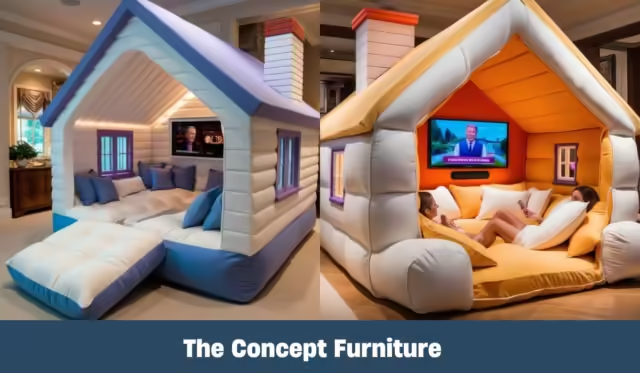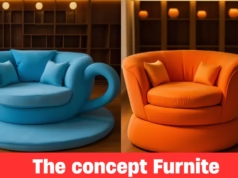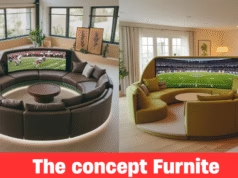A Lounging House is a sanctuary of relaxation, creativity, and social interaction. It embodies the essence of comfort, providing an escape from the hustle and bustle of daily life. This guide delves deep into the concept of lounging houses, exploring their significance, features, design possibilities, and much more.
Understanding the Concept of a Lounging House
The Lounging House is not just a physical space; it symbolizes a lifestyle choice that prioritizes comfort and leisure. While it primarily serves as a place for relaxation, its purpose can extend to fostering connections and creativity.
Definition and Purpose
At its core, a lounging house is designed for unwinding, socializing, and enjoying leisurely activities. Unlike traditional living rooms, which may often be centers of family interaction and entertainment, a lounging house is more relaxed in its purpose. It encourages occupants to slow down, enjoy their surroundings, and connect with themselves or others without the pressures often found in busier home spaces.
A lounging house can take many forms, from a cozy nook filled with plush cushions to expansive outdoor decks with hammocks swaying in the breeze. Regardless of its configuration, the idea remains consistent: it is a dedicated space where you can truly lounge — sipping tea, reading a book, or engaging in heartfelt conversations.
Historical Background
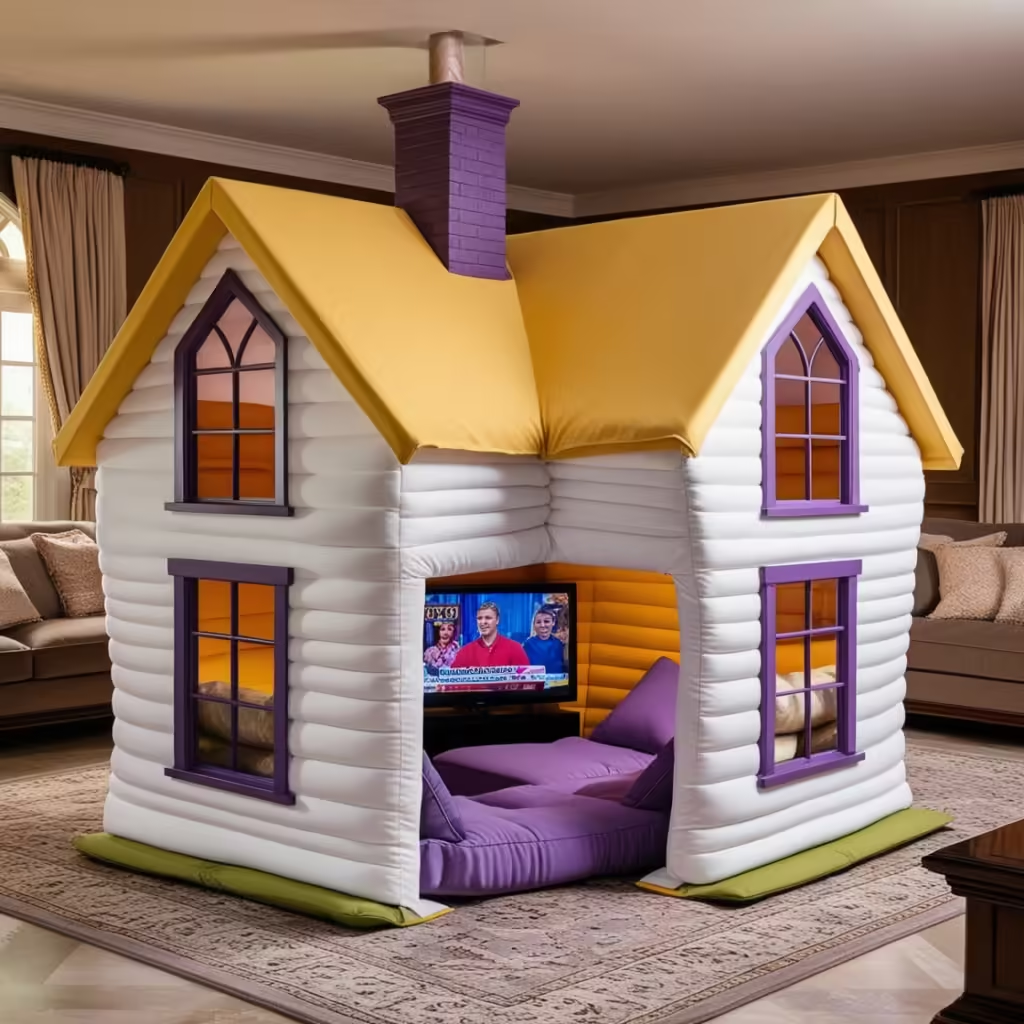
The concept of lounging spaces dates back centuries, with variations across cultures. In ancient Rome, the “triclinium” served as a dining room where guests reclined on couches while enjoying lavish meals. Similarly, the Japanese “tatami” rooms promote tranquility and restfulness through simplicity and minimalism.
As we moved through history, different cultures embraced the idea of lounging in unique ways. The Renaissance period witnessed the rise of salons, where intellectuals gathered in comfortable settings to discuss art, literature, and philosophy. These historical precedents have shaped our modern interpretation of the lounging house, emphasizing its role as a place of respite and social engagement.
Cultural Significance in Various Societies
Throughout history, the way people lounge has reflected their social values and cultural norms. In Mediterranean countries, outdoor living areas are often accentuated, with homes designed around courtyards. These spaces encourage community engagement, serving as gathering spots for families and friends.
In contrast, Scandinavian design reflects simplicity and functionality, embodying the concept of “hygge,” a Danish term meaning coziness and contentment. Here, lounging spaces focus on bringing warmth and comfort indoors, often featuring natural materials and soothing palettes.
Each culture’s approach to lounging houses illustrates the universal need for space to unwind and connect, showcasing how these places serve varying purposes while remaining integral parts of human experience.
Key Features of a Lounging House
Creating a successful lounging house involves thoughtful attention to various elements that enhance its ambiance and usability. From architectural design to interior decor, each feature contributes to the overall experience.
Architectural Design Elements
When designing a lounging house, the architectural style plays a pivotal role in defining its character. Open floor plans, large windows, and seamless transitions between indoor and outdoor spaces are vital components. They invite natural light while offering unobstructed views of the surrounding landscape.
A well-designed lounging house often includes versatile seating arrangements, such as built-in benches or sectional sofas, allowing occupants to adjust the space according to their needs. Incorporating elements like skylights or vaulted ceilings can further enhance the feeling of openness, making the space feel airy and inviting.
Moreover, integrating sustainable practices into architectural choices ensures the lounging house not only looks good but is also environmentally friendly. Utilizing renewable resources, such as bamboo or recycled materials, can create a stylish yet responsible lounging environment.
Interior Decor Considerations
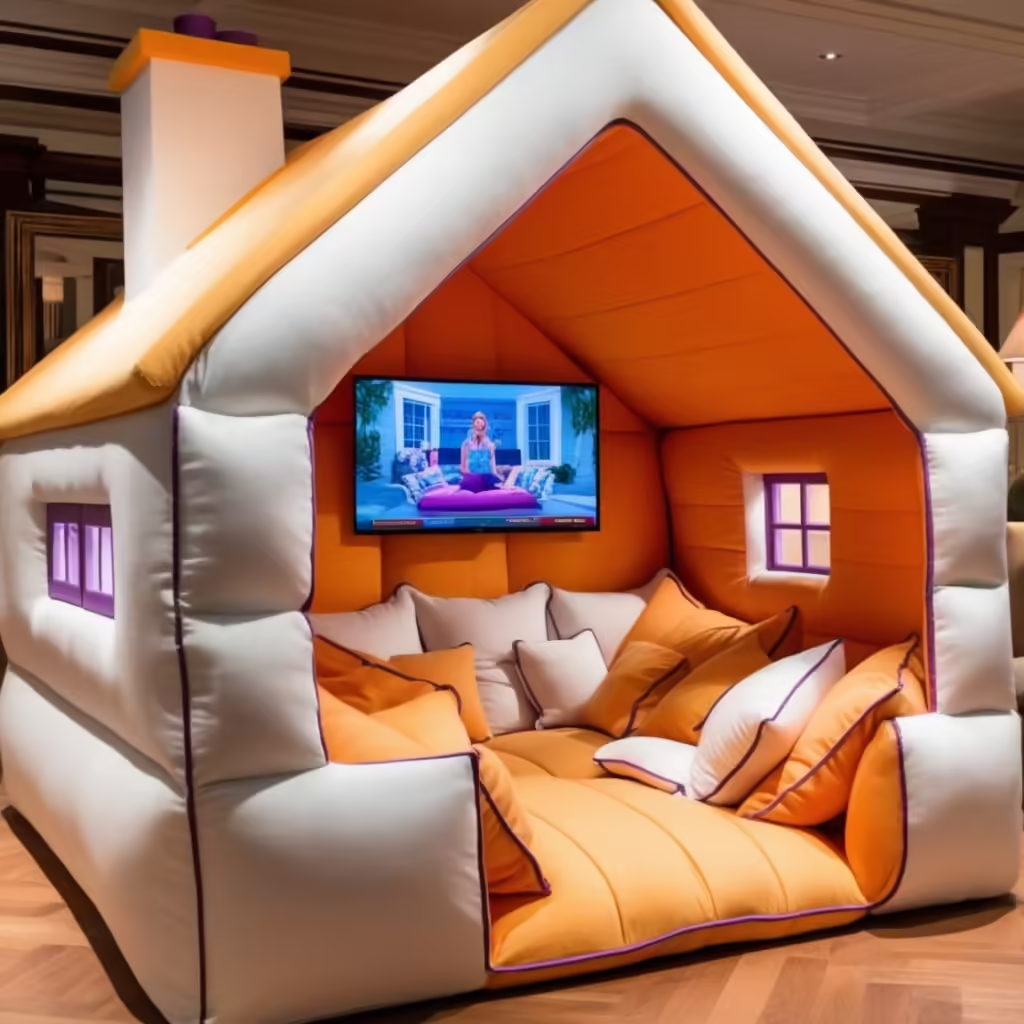
The decor of a lounging house should reflect the personality and preferences of its inhabitants. Comfort is paramount, so selecting soft textiles—plush rugs, oversized pillows, and cozy throws—invites relaxation.
Color schemes play a crucial role in setting the mood. Soft, muted tones evoke tranquility, while bolder colors can energize the space. Layering textures—through curtains, wall hangings, and decorative items—adds depth while creating a tactile experience.
Personal touches can transform a lounging house into a reflection of its owner’s interests. Displaying artwork, cherished photographs, or travel souvenirs brings warmth and character, making the space feel uniquely yours.
Outdoor Spaces and Landscaping
Outdoor areas are essential components of a lounging house, extending relaxation beyond four walls. Patios, verandas, or garden nooks allow for al fresco enjoyment, whether for sunbathing, dining, or stargazing.
Landscaping plays a vital role in creating inviting outdoor spaces. Incorporating native plants, aromatic herbs, and flowering shrubs fosters a connection with nature. Seating options like hammocks, Adirondack chairs, or picnic tables can accommodate various lounging styles while enhancing the outdoor experience.
Adding elements like water features or fire pits can elevate the ambiance, creating soothing sounds or cozy gathering spots. Thus, the landscape you curate becomes an integral part of your lounging experience, encouraging time spent outdoors.
The Benefits of Having a Lounging House
A lounging house offers numerous advantages beyond mere aesthetics. Its presence can profoundly impact your mental well-being, social interactions, and even property value.
Enhancing Relaxation and Well-being
One of the primary benefits of a lounging house is its ability to foster relaxation. In today’s fast-paced world, having a dedicated space for unwinding is essential for mental health. A lounging house allows individuals to escape stressors, providing a serene environment conducive to mindfulness and reflection.
Research shows that spending time in relaxing environments can reduce cortisol levels, improve mood, and enhance cognitive function. Whether it’s curling up with a favorite book or engaging in meditation, the lounging house emerges as a personal refuge for rejuvenation.
Social Interaction and Entertainment Opportunities
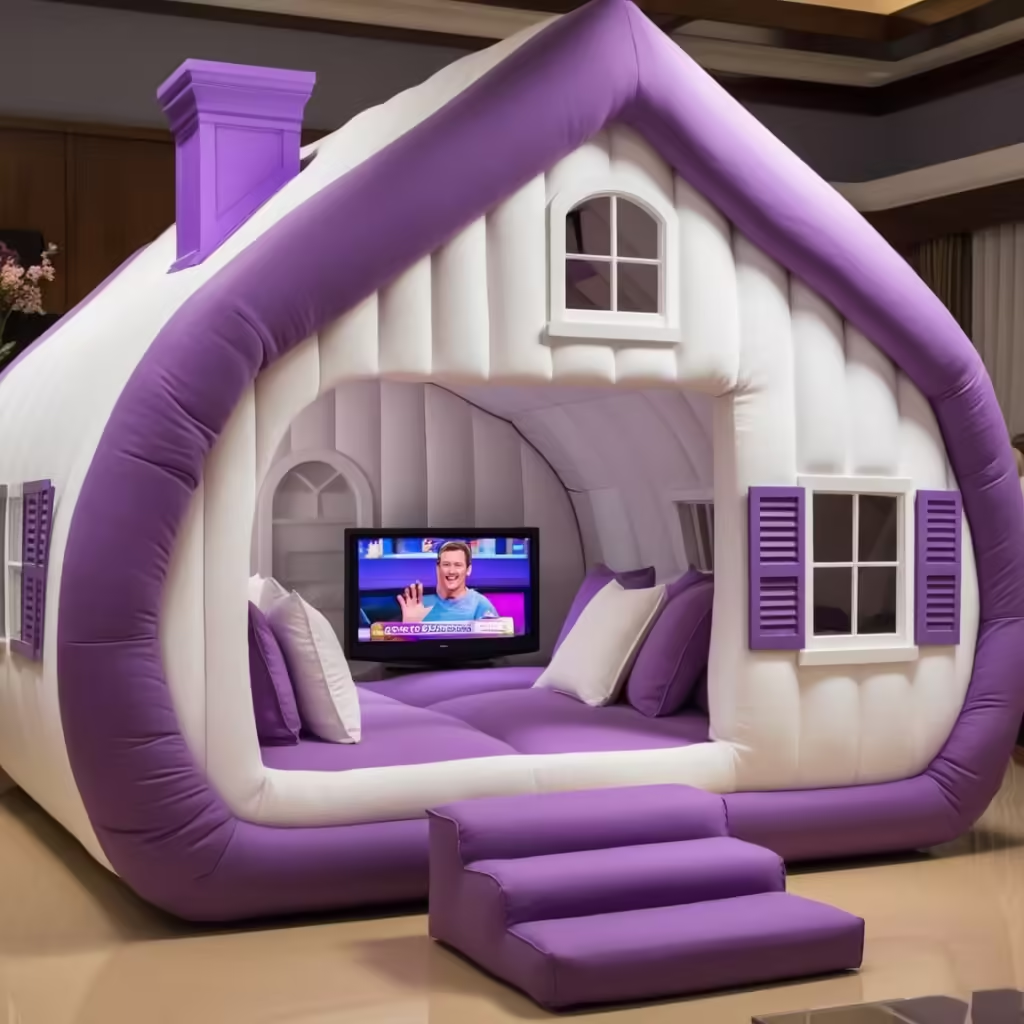
Beyond personal solace, a lounging house serves as a hub for socialization. It provides a cozy atmosphere for gatherings, whether intimate dinners, game nights, or casual get-togethers. The layout and design of the space can significantly influence interaction; open-plan designs promote inclusivity and energy among guests.
Moreover, incorporating entertainment systems—such as projectors, sound systems, or outdoor grills—can elevate social experiences. Friends and family can bond over shared interests, creating lasting memories grounded in comfort.
Aesthetic Appeal and Home Value Addition
A well-designed lounging house enhances the overall aesthetic appeal of a property, contributing to its charm and character. Thoughtfully curated spaces can elevate curb appeal and attract potential buyers if you ever decide to sell your home.
Properties with dedicated lounging areas often command higher market values, as they offer features that resonate with modern lifestyles. Investing in this aspect of your home can yield significant returns, both financially and emotionally, as you enjoy the beauty and comfort of your unique lounging house.
Designing Your Ideal Lounging House
Designing your ideal lounging house requires careful consideration of location, layout, furnishings, and more. Each element contributes to creating a functional and enjoyable space tailored to your lifestyle.
Choosing the Right Location and Setting
The first step in designing a lounging house is choosing an ideal location. Factors such as climate, proximity to nature, and surrounding amenities can significantly influence your lounging experience. For instance, a hillside retreat may offer breathtaking views, while a beachside locale provides the tranquility of ocean waves.
Accessibility is another important consideration. You want your lounging house to serve as a welcoming space for friends and family, so ensuring easy access is crucial.
Finally, consider the orientation of your lounging house concerning the sun. Positioning it to capture morning sunlight while providing shade in the afternoon can enhance comfort and energy efficiency.
Space Planning and Layout Ideas
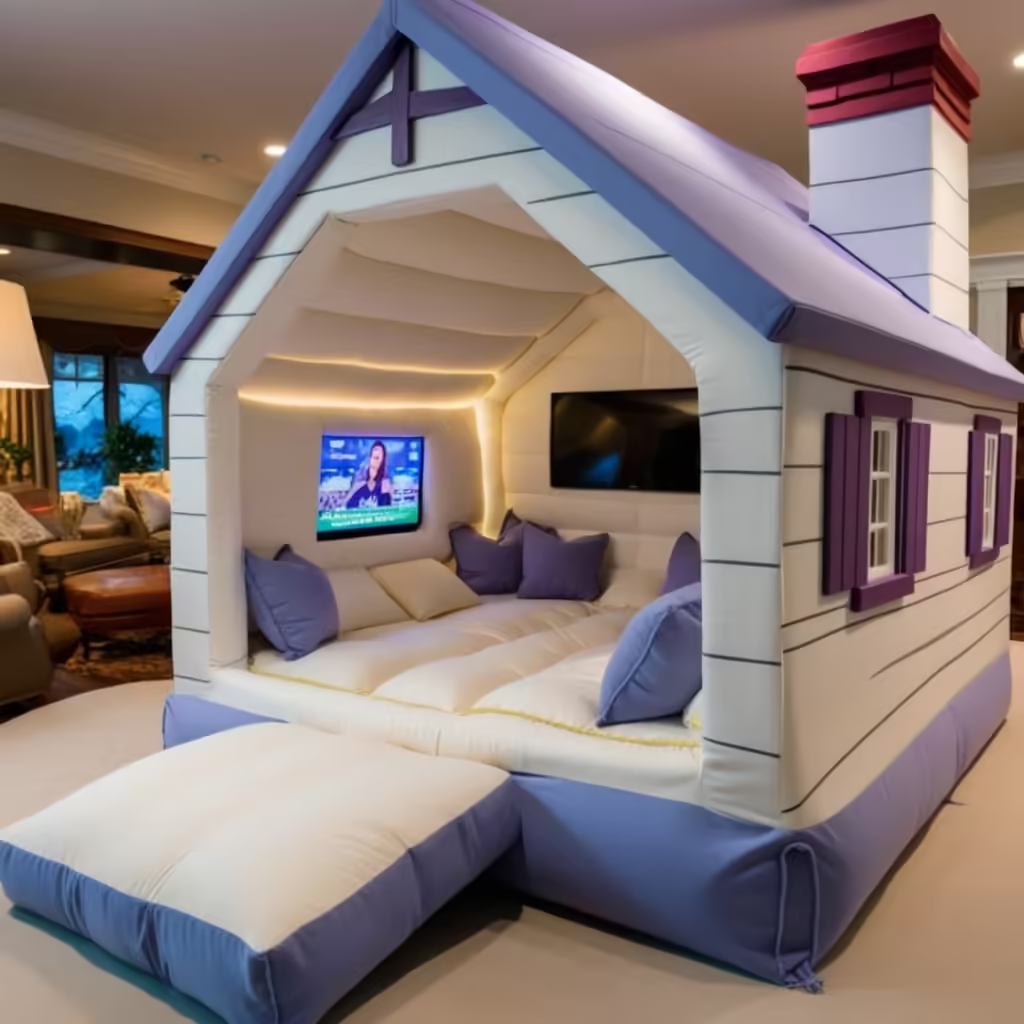
Once you’ve chosen your location, focus on planning the layout to maximize usability. Start by considering how you will use the space. Will it primarily be for relaxation, or do you envision hosting larger gatherings?
An open concept layout fosters a sense of flow and connectivity, while defined zones can promote diverse uses, such as a reading corner or entertainment hub. Create clear pathways and ensure the arrangement encourages communication and interaction among guests.
Furniture placement is key in enhancing comfort. Arrange seating in a way that promotes conversation, perhaps using circular formations or U-shaped setups. Don’t forget to leave room for movement and flexibility, allowing you to adapt the space for different occasions.
Selecting Furniture and Accessories
The right furniture transforms a lounging house from ordinary to extraordinary. Focus on comfort and quality when choosing furniture pieces. Opt for plush sofas, oversized chairs, and ottomans that invite relaxation.
Accessories add personality and flair. Consider incorporating statement pieces, such as unique coffee tables or artistic shelves, to showcase your style. Decorative elements like throw pillows, blankets, and rugs can add color and texture, creating a warm, welcoming atmosphere.
Additionally, ensure you have adequate lighting options. Mix decorative lamps, ambient overhead lights, and task lighting to create layers and adjust the mood throughout the day.
Popular Styles of Lounging Houses
As the concept of lounging evolves, so too do the styles of lounging houses. Each style carries distinct characteristics that cater to various tastes and functionalities.
Modern Minimalist Lounging Houses
Modern minimalist lounging houses embrace simplicity and functionality. Clean lines, neutral color palettes, and uncluttered spaces define this aesthetic, creating an atmosphere of calm and sophistication.
Incorporating natural materials, such as wood and stone, adds warmth without overwhelming the space. Furnishings tend to be sleek and multipurpose, ensuring the lounging area remains open and airy.
Despite its minimalist approach, this style does not sacrifice comfort. Thoughtful layering of textures and carefully selected decor pieces can create a cozy ambiance without detracting from the overall simplicity.
Traditional and Rustic Designs
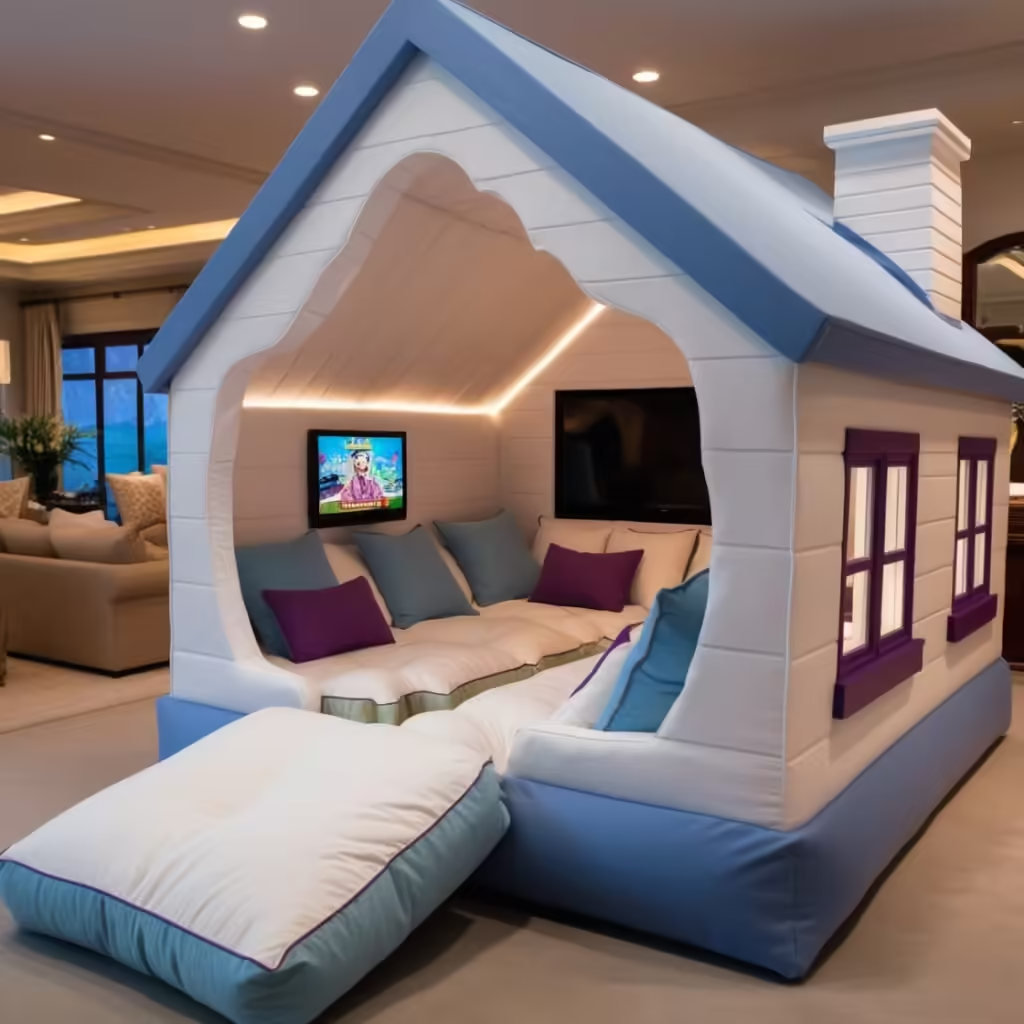
For those who appreciate nostalgia, traditional and rustic designs evoke warmth and familiarity. These lounging houses often feature rich woods, classic furnishings, and vintage accents, creating a sense of timeless comfort.
Fireplaces are common focal points in traditional lounges, inviting gatherings and adding warmth during colder months. Textiles such as plaid throws and floral patterns lend an inviting touch, while antique decor emphasizes a connection to history.
Rustic designs may incorporate reclaimed materials, exposed beams, and earthy colors, celebrating the beauty of imperfections. This style encourages a warm and welcoming atmosphere perfect for extended family gatherings or quiet evenings by the fire.
Eclectic and Bohemian Inspirations
Embracing individuality and creativity, eclectic and bohemian lounging houses blend different styles, colors, and textures in unexpected ways. This approach celebrates personal expression, allowing owners to curate unique spaces that tell their stories.
Layering is key in bohemian design. Mixing patterns, colors, and materials creates a visually stimulating environment that feels free-spirited and inviting. Vintage rugs, mismatched furniture pieces, and an array of decorative items contribute to a lived-in, cozy vibe.
Furthermore, incorporating plants and natural elements adds vibrancy and freshness to the space, reinforcing a strong connection to nature. This style invites guests to explore, relax, and engage with the surroundings freely.
Creating Ambiance in a Lounging House
The ambiance of a lounging house sets the tone for relaxation and enjoyment. Thoughtful attention to lighting, color schemes, and natural elements creates an inviting atmosphere that enhances the lounging experience.
Lighting Options and Techniques
Lighting is one of the most crucial aspects of creating ambiance. Utilize a combination of natural and artificial lighting to establish a warm and inviting atmosphere. Large windows or glass doors can invite abundant natural light during the day, while layered lighting options enhance the mood at night.
Consider installing dimmer switches to give flexibility in adjusting brightness based on your activities. String lights, table lamps, and candles can create intimate settings, while brighter fixtures can illuminate the space for gatherings or activities.
Strategically placed accent lighting—like wall sconces or spotlights on artwork—can draw attention to specific features, creating depth and intrigue within your lounging house.
Color Schemes and Textures
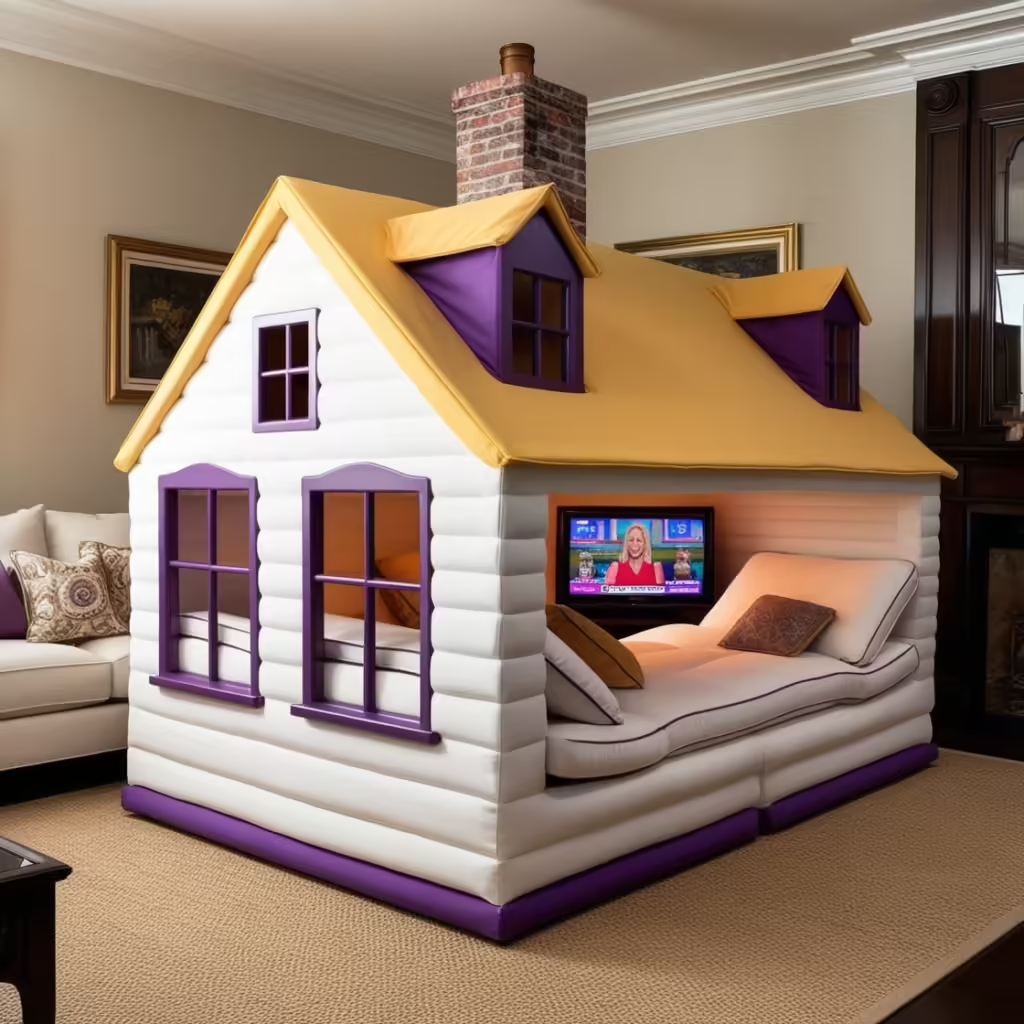
Choosing an appropriate color scheme is vital to establishing the desired mood in your lounging house. Soft, neutral tones, such as whites, beiges, and pastels, evoke tranquility and serenity, making them ideal for relaxation spaces.
Conversely, bolder hues may stimulate energy and creativity, suitable for more lively interactions. Combining various shades and textures can create a balanced environment that caters to different moods and functions.
Mixing textures adds depth to your lounging space. Consider combining smooth surfaces, like glass or metal, with softer elements, such as textiles or organic materials, to create visual interest while maintaining comfort.
Incorporating Nature and Greenery
Bringing nature indoors fosters a sense of peace and tranquility, making it an essential element in any lounging house. Incorporate plants—such as ferns, succulents, or flowering species—to breathe life into your space.
Not only do plants purify the air and improve indoor climate, but they also provide calming visuals that connect inhabitants to the natural world. Grouping them in clusters or integrating hanging planters can add layers and intrigue to your decor.
Consider design elements that frame outdoor views or incorporate natural materials in furniture and decor, reinforcing the connection to nature and enhancing the overall ambiance.
Maintenance and Upkeep of a Lounging House
Maintaining a lounging house ensures it continues being a haven for relaxation and enjoyment. Regular upkeep helps preserve the charm and comfort that make your lounging space special.
Seasonal Maintenance Tips
As seasons change, so do the needs of your lounging house. Preparing for summer might involve refreshing outdoor spaces, cleaning patio furniture, or checking landscaping for healthy growth. Alternatively, winter might prompt inspections of insulation and heating systems.
Regularly assess your indoor environment throughout the year. Ensure ventilation systems are working effectively and that moisture levels remain balanced to prevent mold or allergens.
Embrace seasonal decor changes to keep the space feeling fresh and inviting. Switching out cushions, throws, or artwork according to the season can rejuvenate the ambiance and inspire new feelings.
Cleaning and Organization Strategies

A clean and organized lounging house enhances comfort and relaxation. Establish a regular cleaning routine that includes dusting, vacuuming, and decluttering to maintain a tidy environment.
Create designated storage solutions for items that could contribute to visual clutter. Baskets, shelves, and cabinets can help maintain order, keeping your lounging house feeling spacious and inviting.
Encourage everyone to uphold cleanliness and organization, ensuring the space remains a sanctuary for all who visit. Fostering a habit of returning items to their designated places can greatly enhance the lounging experience.
Renovation and Upgrade Considerations
Over time, your lounging house may require renovations or upgrades to stay aligned with your evolving needs. Whether updating furniture, enhancing decor, or reconfiguring layouts, these changes can reinvigorate your space.
Consider seeking professional help for major renovations or consult design resources for inspiration. Small changes, like swapping out light fixtures or adding artwork, can also create a refreshed atmosphere.
Investing in sustainability through eco-friendly upgrades can enhance your lounging house’s appeal and contribute positively to the environment. Energy-efficient appliances and low-flow plumbing fixtures can provide long-term benefits while reducing your carbon footprint.
Lounging House as a Retreat
Transforming your lounging house into a retreat offers an escape from daily responsibilities and stressors. By incorporating spa-like elements and creating spaces for mindfulness, you can enhance your relaxation experience.
Transforming Your Lounge into a Personal Sanctuary
To create your personal sanctuary, begin by identifying what elements bring you peace and joy. This could include comfortable seating, calming scents, or inspiring artwork.
Separate areas for different activities can enhance the retreat experience. A cozy reading nook, a tranquil meditation corner, or an arts-and-crafts station can help you immerse yourself in various pursuits while promoting relaxation.
Consider introducing calming elements such as water features, soft music, or aromatherapy diffusers. These additions cultivate an atmosphere conducive to self-care and tranquility.
Ideas for Spa and Wellness Elements
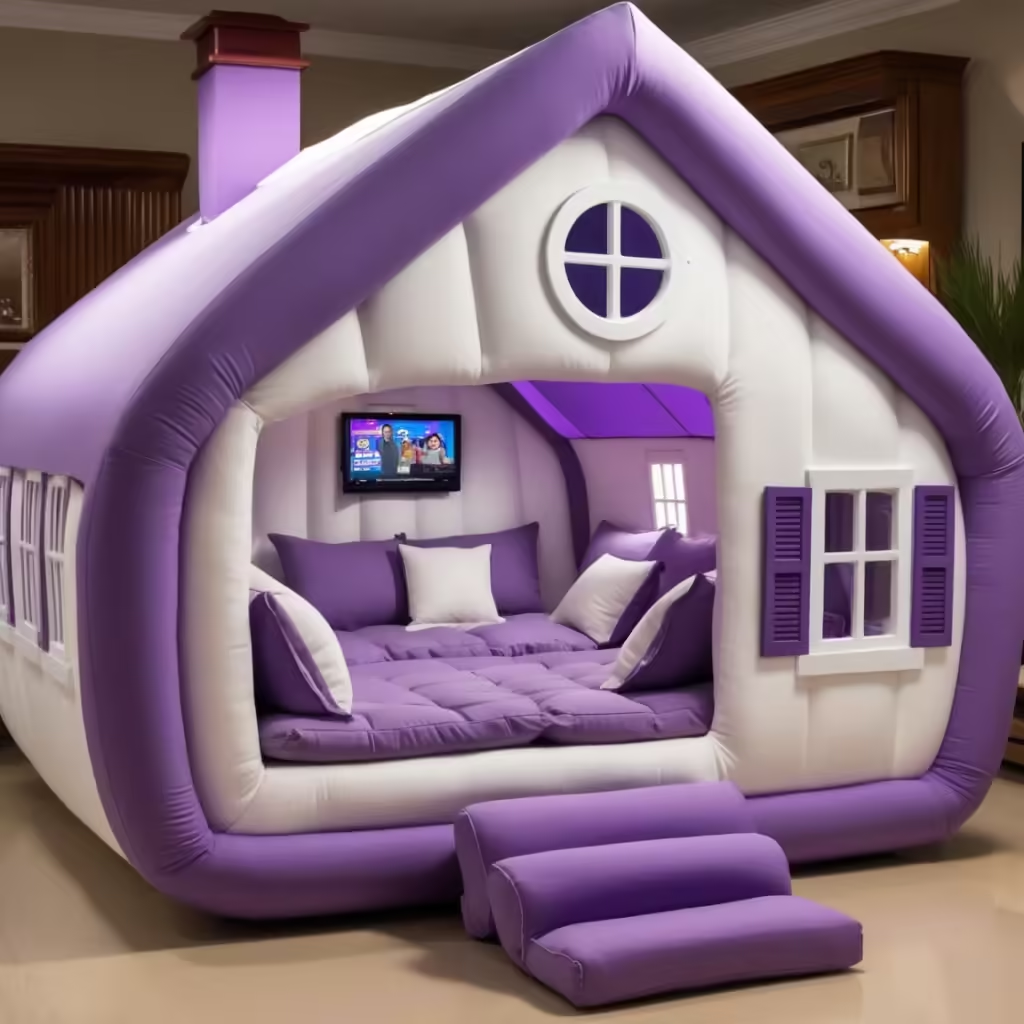
Integrating spa-like features elevates the lounging house experience, transforming the space into a wellness retreat. Think about including a small sauna, hot tub, or even a relaxing bathtub with natural light streaming in.
Introduce wellness-focused decor, like yoga mats, essential oils, and calm-inducing artwork, that nurtures your mind and body. Curate a collection of self-care products—such as herbal teas, soothing lotions, or bath bombs—that invite indulgence and relaxation.
By turning your lounging house into a wellness sanctuary, you encourage regular self-care practices that enhance your overall well-being.
Integrating Meditation and Mindfulness Practices
Incorporating meditation and mindfulness practices into your lounging house fosters deeper relaxation and connection to self. Designate a quiet area with minimal distractions, where you can practice mindfulness techniques.
Use soft, comfortable cushions or mats for meditation, and surround yourself with calming elements like candles or soothing colors. Developing a regular mindfulness routine—whether through guided meditations or simple breathing exercises—can cultivate a greater sense of peace.
Encouraging mindfulness practices in your lounging house ultimately nurtures a stronger connection with yourself and enhances the relaxation experience.
The Role of Technology in Lounging Houses
Modern technology can greatly enhance the lounging experience, providing convenience, entertainment, and comfort. The integration of smart features offers exciting opportunities to tailor the lounging environment to your needs.
Smart Home Features and Integration
Smart home technology allows you to control various aspects of your lounging house with ease. From automated lighting systems to temperature controls, these innovations enhance comfort while providing an added layer of convenience.
Consider integrating voice-activated devices that can manage everything from music playlists to ambiance settings. Smart blinds can adjust light levels throughout the day, ensuring optimal conditions for relaxation at any time.
Moreover, monitoring energy consumption through smart devices can promote efficiency and sustainability, aligning with the eco-friendly goals of your lounging house.
Audio-Visual Entertainment Systems
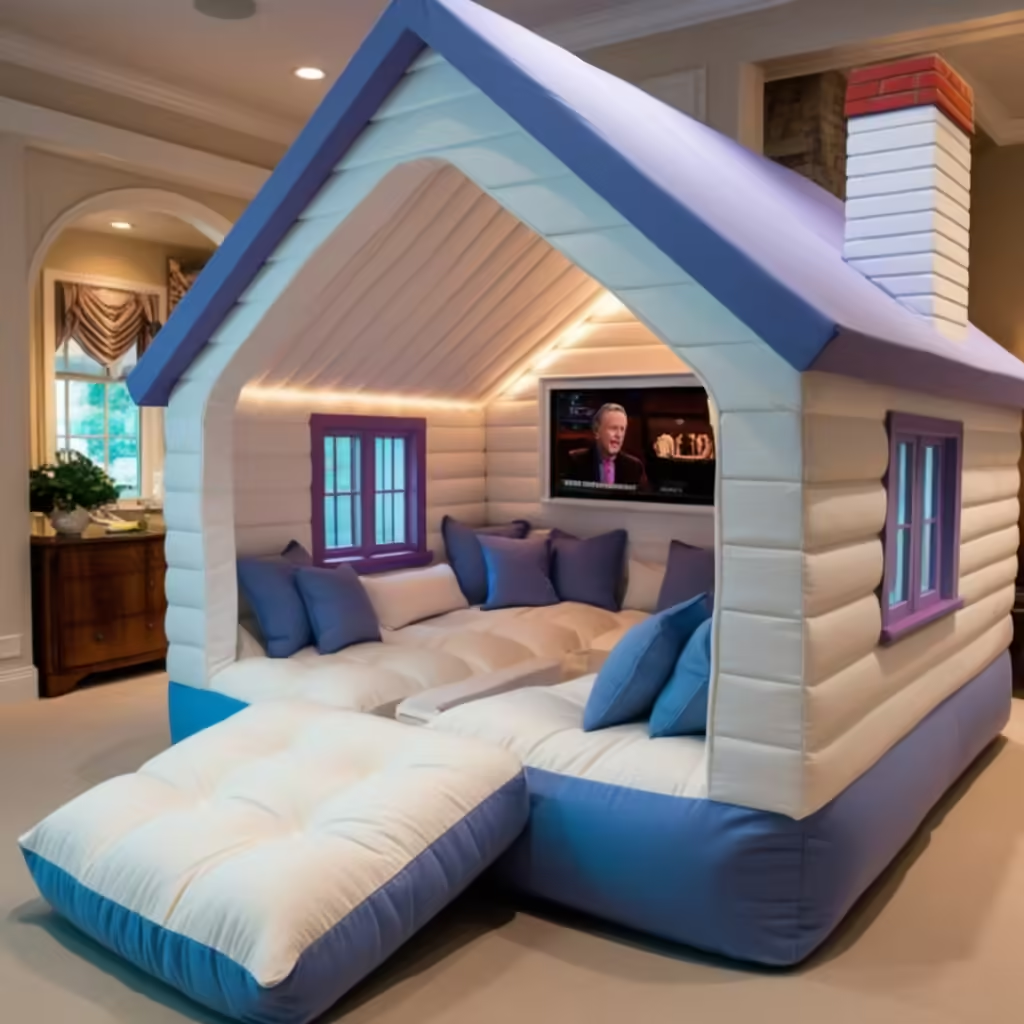
Incorporating audio-visual systems transforms your lounging house into an entertainment hub. High-quality speakers, projectors, and screens can create immersive movie nights or lively gatherings with friends.
Streaming services provide endless options for movies, shows, and music, ensuring there’s always something entertaining to engage with. Thoughtful acoustics and speaker placements can enhance the listening experience, making your lounging house the ideal venue for hosting events.
Ensure that whatever system you choose aligns with your relaxation values—offering entertainment without overwhelming the peaceful atmosphere.
Climate Control and Energy Efficiency Solutions
Smart climate control systems allow you to maintain a comfortable temperature in your lounging house year-round. Programmable thermostats enable efficient heating and cooling, ensuring that your space remains inviting regardless of the weather outside.
Consider investing in energy-efficient windows, insulation, and HVAC systems to enhance overall comfort while minimizing your environmental impact. Such solutions can save money on utility bills and promote a sustainable lifestyle.
By embracing technology in your lounging house, you create a harmonious balance between comfort and innovation, enhancing the overall experience.
Sustainability in Lounging House Design
A focus on sustainability in lounging house design ensures that your retreat remains a harmonious part of the environment. By opting for eco-friendly materials and practices, you can create a beautiful space that nurtures both personal well-being and the planet.
Eco-friendly Materials and Resources
When selecting materials for your lounging house, prioritize sustainable options. Using reclaimed wood, bamboo, or recycled materials can create stunning furniture pieces while minimizing environmental impact.
Choose paint and finishes that are low in volatile organic compounds (VOCs), promoting healthier indoor air quality. Natural fibers for textiles—such as organic cotton or hemp—contribute to a more sustainable lifestyle while providing comfort.
Investing in eco-friendly furnishings and decor ensures that your lounging house is not only aesthetically pleasing but also responsible toward the environment.
Energy-efficient Practices
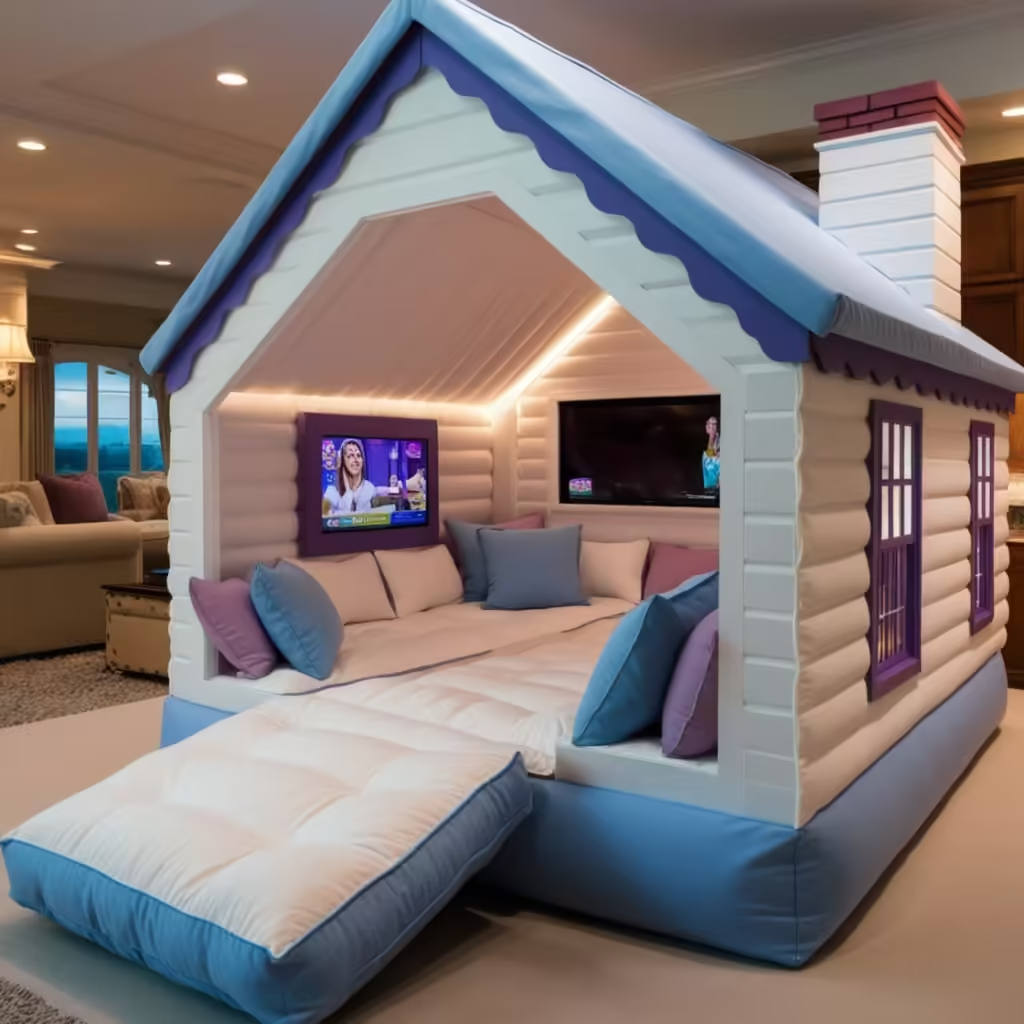
Implementing energy-efficient practices in your lounging house can significantly reduce your ecological footprint. Solar panels, energy-efficient appliances, and LED lighting can cut down energy consumption while providing cost savings.
Maximize natural light by strategically placing windows and using reflective surfaces. Implementing these strategies contributes positively to the environment while enhancing the lounging experience.
Consider adopting practices like rainwater harvesting or water-efficient fixtures to further promote sustainability and conservation within your lounging house.
Water Conservation Techniques
Water conservation techniques are vital for maintaining an eco-friendly lounging house. Implementing low-flow showerheads, faucets, and toilets can substantially reduce water usage without sacrificing performance.
Gardening practices can also be adapted to conserve water. Using drought-resistant plants or implementing drip irrigation systems supports sustainable landscaping while maintaining the beauty of your outdoor spaces.
By prioritizing water conservation in your lounging house, you contribute to preserving precious resources while enjoying a beautiful and sustainable environment.
Case Studies of Unique Lounging Houses
Exploring notable examples of lounging houses can inspire your journey in creating a unique space that reflects your personality and lifestyle.
Innovative Designs Around the World
Innovative lounging house designs around the globe showcase the versatility and creativity possible when constructing these spaces. For instance, the Treehotel in Sweden boasts futuristic treehouses elevated high in the forest canopy, offering unparalleled views and immersion in nature.
Similarly, the Casa Vento in Brazil exemplifies a striking balance between indoor and outdoor living, featuring open spaces and expansive terraces overlooking lush landscapes. These designs demonstrate how architecture can harmoniously integrate with its surroundings, enhancing the lounging experience.
Celebrity Lounging Houses: Inspiration and Trends
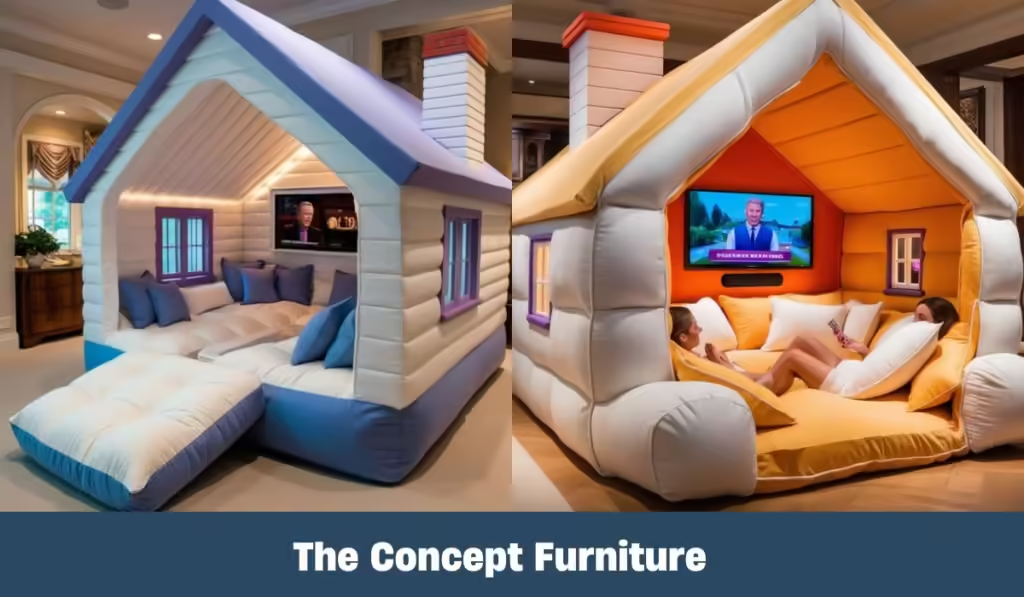
Celebrity lounging houses often set trends, showcasing luxurious yet comfortable spaces. Take, for instance, Ellen DeGeneres’ Malibu home, which features expansive indoor-outdoor living spaces, chic decor, and a breathtaking coastal view.
Such celebrity inspirations remind us of the importance of personal taste and comfort, encouraging you to express your unique style in your own lounging house. Emphasizing features like open layouts, vibrant textiles, or artistic touches can elevate your space while reflecting your identity.
DIY Lounging House Projects and Success Stories
Many homeowners have undertaken DIY projects to create theirdream lounging houses, showcasing creativity and resourcefulness. From repurposing old furniture to building outdoor spaces from scratch, these success stories are a testament to the power of imagination.
Social media platforms and online tutorials offer a wealth of information and inspiration for aspiring DIY enthusiasts. Engaging in such projects not only saves costs but also fosters a deep connection to your space as you infuse it with your personality and creativity.
Lounging House and Community Engagement
Your lounging house can evolve beyond a personal retreat; it can become a space that fosters community connection and engagement. By embracing the communal aspect, you can enhance your living experience and support various local initiatives.
Hosting Events and Gatherings
A well-designed lounging house is perfect for hosting community events and gatherings. Whether it’s a casual barbecue, themed party, or art show, your space can facilitate connections and create lasting memories.
Organizing events focused on sharing skills, such as cooking classes or craft workshops, can be a great way to bring neighbors together. These gatherings foster relationships while creating a sense of belonging within the community.
Collaborating with Local Artists and Craftsmen
Artistic collaboration can breathe new life into your lounging house, providing opportunities for local artists and craftsmen to showcase their talents. Whether commissioning artwork, hosting exhibitions, or incorporating handmade decorations, these initiatives enrich your space while supporting the local creative economy.
Collaborative projects can also elevate the overall aesthetic of your lounging house, resulting in a personalized and meaningful atmosphere. By involving local talents, you build connections that strengthen the fabric of your community.
Supporting Local Businesses through Lounging Spaces
Creating partnerships with local businesses can enhance your lounging house experience while benefiting the wider community. For example, hosting pop-up markets featuring local artisans or food vendors can attract visitors while spotlighting local talent.
Consider sourcing decor, furnishings, and food supplies from nearby businesses to promote economic growth within your community. Supporting local establishments creates a network of interdependence and strengthens ties among residents.
Conclusion
Creating and maintaining a Lounging House is more than simply designing a comfortable space; it is about crafting a unique experience that prioritizes relaxation, creativity, and connection. Through thoughtful design elements, attention to detail, and a commitment to sustainability, you can transform your lounging house into a personal sanctuary that meets your needs and fosters enjoyment.
Explore various styles, experiment with decor, and embrace technological advancements while prioritizing natural elements. Consider the opportunities for community engagement and support local initiatives, enriching not only your experience but also the lives of those around you. Ultimately, your lounging house can be a true reflection of your aspirations, translating into a haven that nurtures relaxation, connection, and creativity for years to come.


